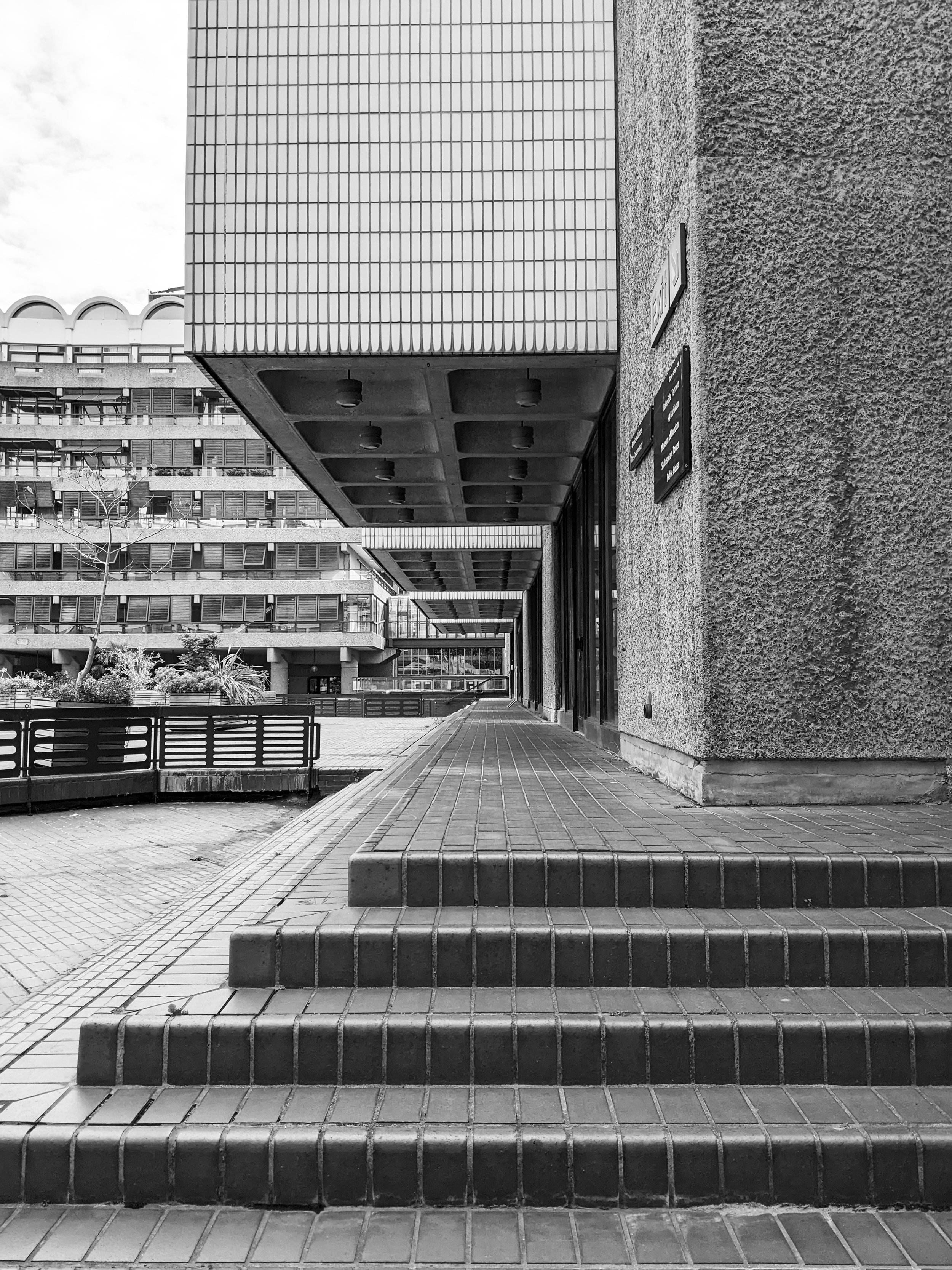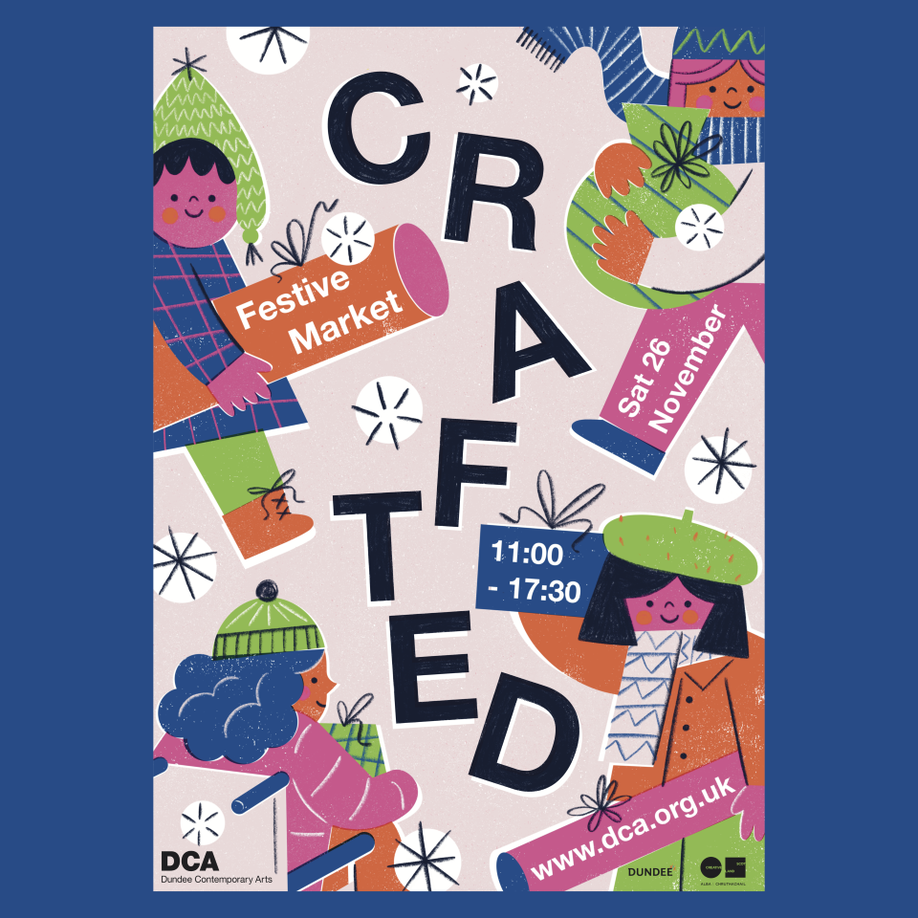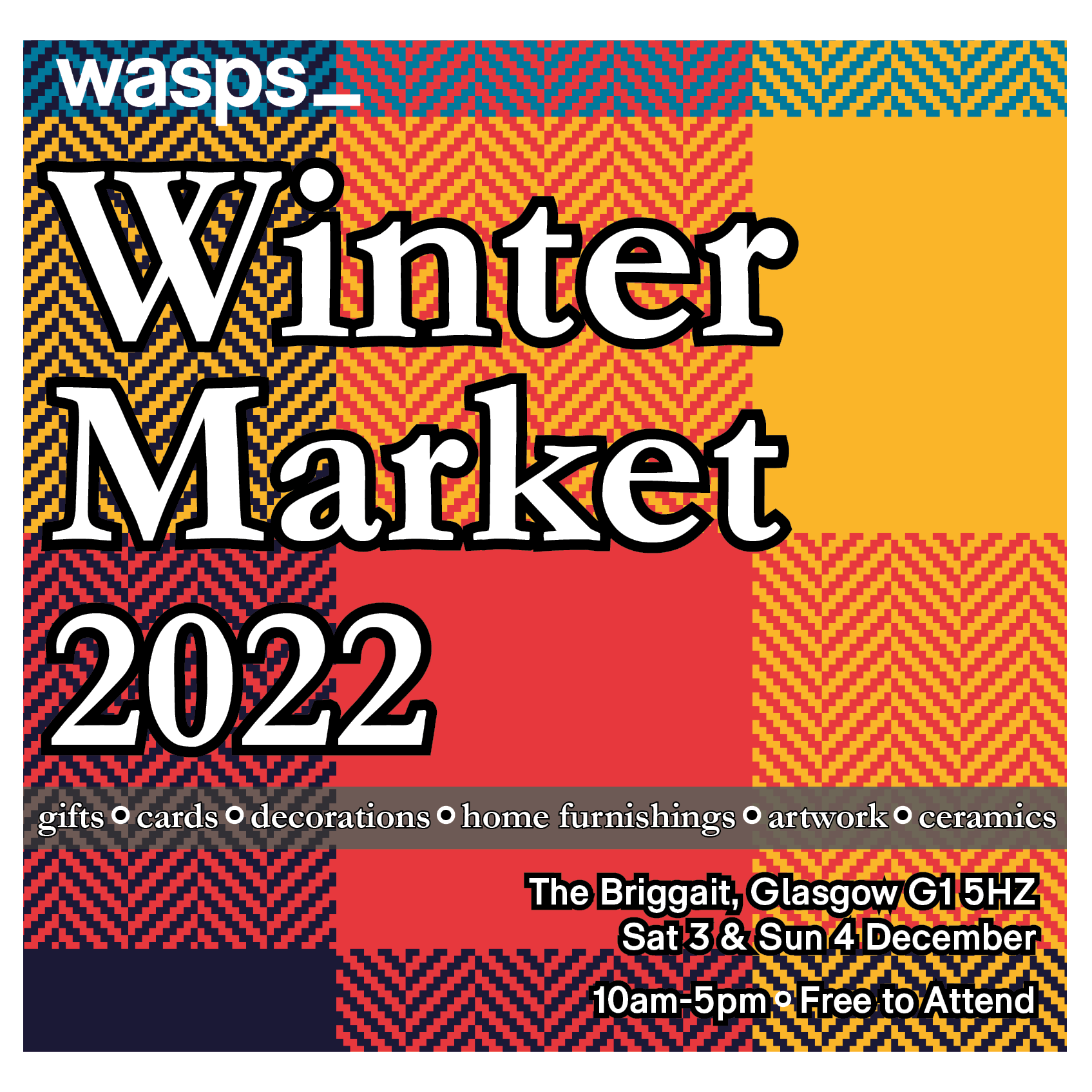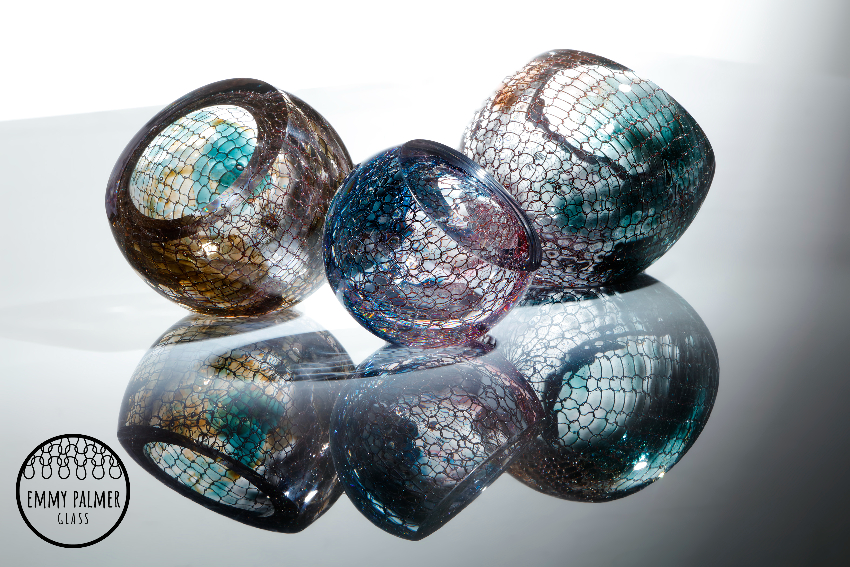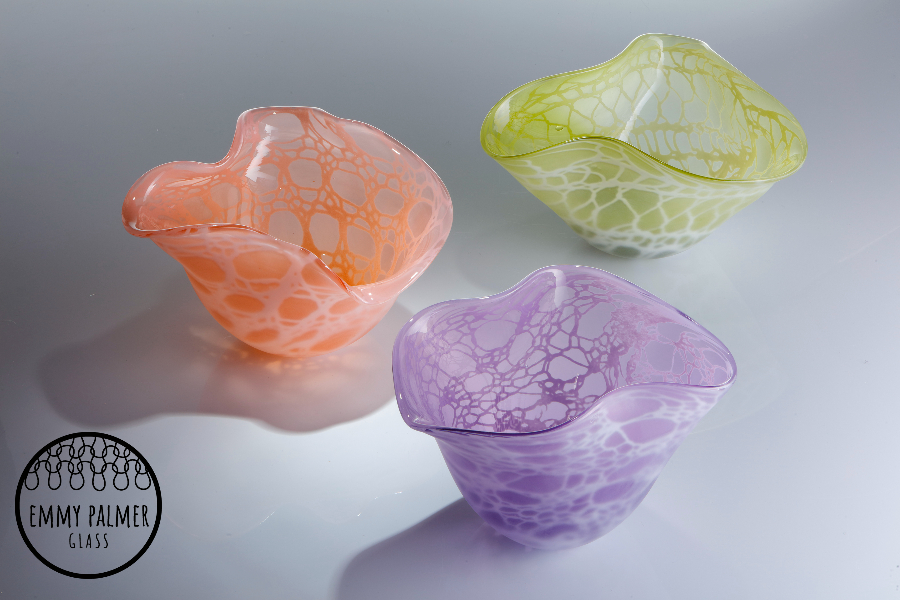hello again - long time no see and long time without hugging some concrete! this month we finally brought to you TÉGLA, our brand new tileset (after many, many months of work and preparation). these were all inspired by brickworks and facades found on so i want to show you a building with an interesting texture and facade that reflects that inspiration. besides, i think we do deserve a trip now, don’t we? so let’s go on a short but sweet one, just to glasgow - as we’re visiting the savoy centre on sauchiehall street.
quite a striking example example of 1970s brutalism, it was built between ‘71 and ‘79 and designed by gavin paterson & sons, on the ruins of the old savoy theatre. it now consists of a shopping centre complete with an indoor market, and an 11 storey office block.
obviously, the purpose of writing these blog posts is to celebrate these concrete designs and bust thay common myth amongst the naysayers that these are depressing buildings - on a particularly overcast day in the glasgow winter it does unfortunately seem to be a bit of a task. rain-soaked or not though, the building has an impressive, exciting looking elevation walking up on hope street (connecting sauchiehall street and renfrew street.)
the glasgow weather must have been considered as the concrete clad facade is somewhat protruding, offering a bit of a shelter above head-hight. the cladding features a concrete pattern of narrow vertical rectangles, with a beautiful relief of the centre’s logo (in a typographic design of what i assume must have been, or perhaps inspired by the original 1910s theatre’s.) this logo repeats on the renfrew street side too, painted in blue - a fresh touch of colour amongst the imposing concrete.
the protection from the elements continues as there is a fully sheltered footbridge connecting the north side of renfrew street - taking you right to the first floor of the building. i did not manage to get inside, however i’m told it’s been refurbished and there are plans to further regenerate - not without controversy. you can follow this excellent and insightful timeline from glasgow heritage (who do happen to run a brutalism-related exhibition at the merchant city as well!)
the 11-floor office blocks towers above the more horizontally laying front of the building - the neatly arranged windows do make inspiring patterns (you might discover them on our printed goodies i’m sure!) - it’s a beautiful and interesting building that makes its surroundings a little bit more exciting.
if you enjoyed this trip, go visit yourself and join us on our next trip - subscribe to our newsletter below.
-
links:
glasgow heritage on the savoy centre













